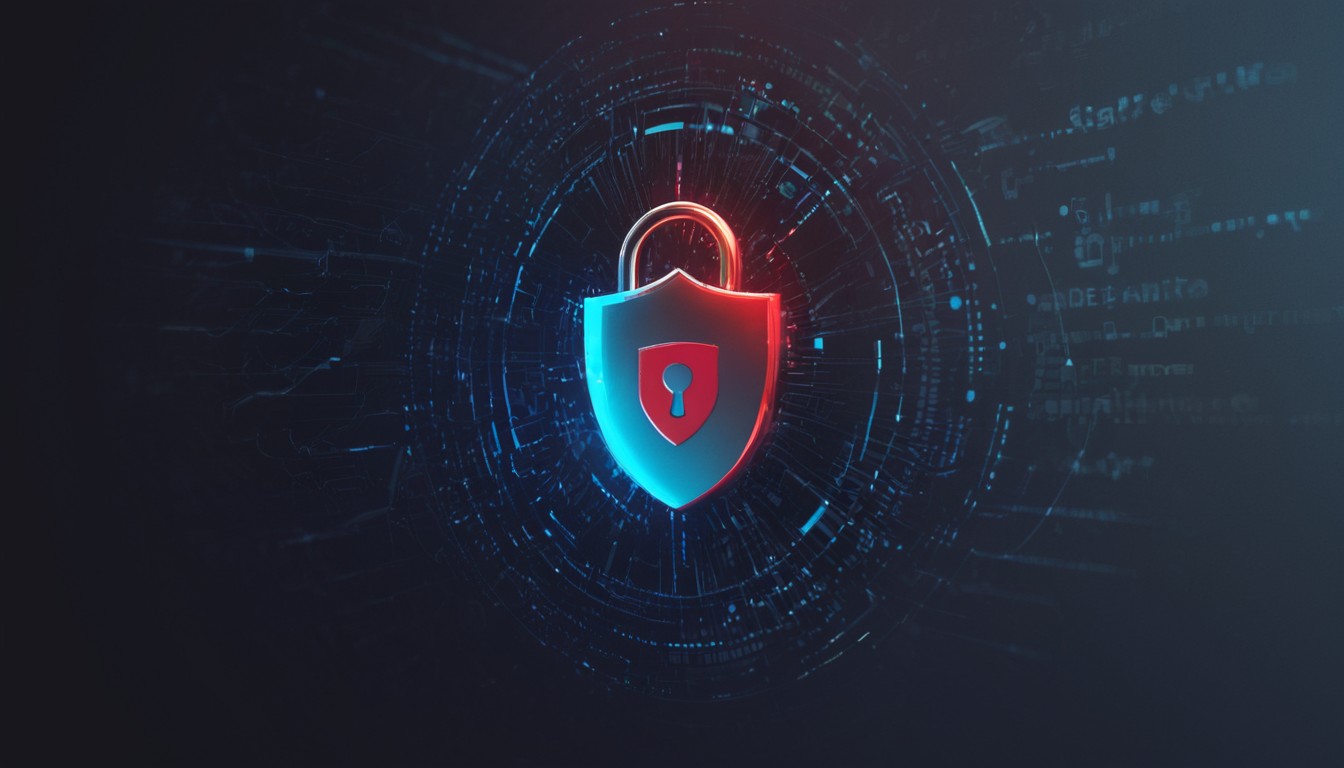Security Operations Centers (SOCs) come in various levels, each offering a different range of capabilities and services. Understanding SOC levels is crucial for organizations seeking to optimize their cybersecurity efforts. In this blog post, we’ll explore the different SOC levels and help you determine which one is right for your business.
SOC Levels: An Overview
Level 1: Basic SOC
A Level 1 SOC typically offers fundamental services, including basic threat monitoring, alerting, and incident response. It’s suitable for small businesses with limited resources or those just starting to establish a security program.
Level 2: Managed SOC
A Level 2 SOC provides more advanced monitoring and management services. It may offer 24/7 monitoring, threat detection, and some level of automated incident response. This level is ideal for medium-sized businesses that require a higher level of security.
Level 3: Advanced SOC
An Advanced SOC (Level 3) is characterized by extensive threat detection capabilities, incident response, and security analytics. It’s suitable for larger enterprises or organizations that deal with sensitive data and require robust cybersecurity defenses.
Determining the Right SOC Level for Your Business
Assess Your Risk Profile
Begin by assessing your organization’s risk profile. Consider the industry you operate in, the type of data you handle, and the potential impact of a security breach. Higher-risk organizations, such as financial institutions or healthcare providers, may require an Advanced SOC.
Budget and Resources
Your budget and available resources are significant factors in choosing a SOC level. Smaller businesses with limited budgets may opt for a Level 1 or Level 2 SOC, while larger organizations can invest in an Advanced SOC.
Compliance Requirements
Certain industries have strict compliance requirements. Ensure that the SOC level you choose aligns with the regulations relevant to your business. An Advanced SOC is often necessary for meeting stringent compliance standards.
Growth Plans
Consider your organization’s growth plans. If you anticipate significant expansion, it may be wise to invest in a more advanced SOC from the outset to accommodate future security needs.
Security Objectives
Clearly define your security objectives. If you require 24/7 monitoring, automated incident response, and in-depth threat analysis, an Advanced SOC is likely the best fit. For organizations with less complex security needs, a Basic or Managed SOC may suffice.
To break it all down
Understanding SOC levels and selecting the right one for your business is a crucial step in building a robust cybersecurity strategy. The choice should be based on your risk profile, budget, compliance requirements, growth plans, and specific security objectives. Regardless of the SOC level chosen, the key is to ensure that it aligns with your organization’s unique security needs and provides effective protection against evolving cyber threats.





